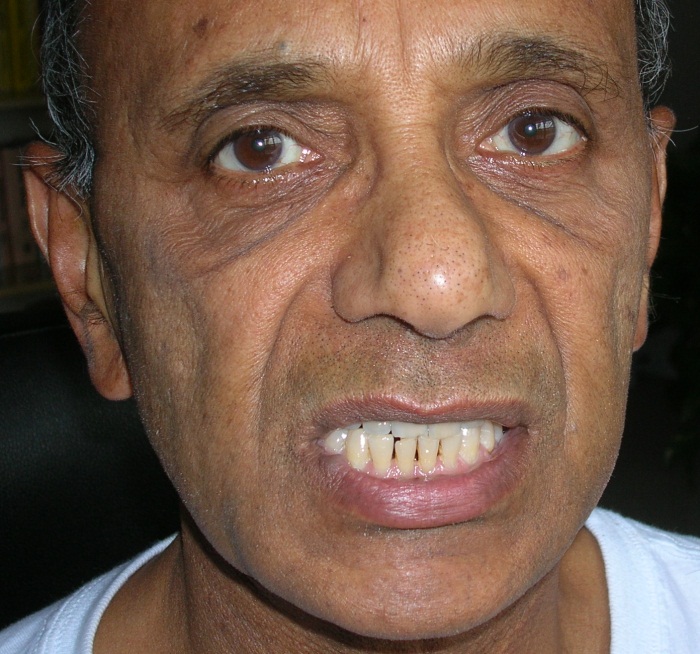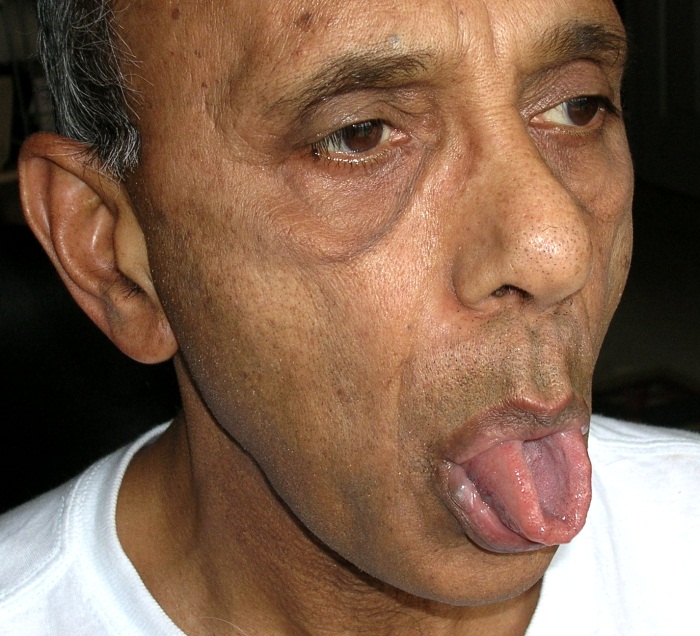In the last few posts on pranayama, I introduced the concepts of breath retention (kumbhaka) and the energy locks (bandhas). Essentially, these techniques can be used in conjunction with any of the pranayama techniques that I have talked about in previous posts. I will be covering some of these variations in future blog posts.
In today’s post, I would like to introduce you to two breathing techniques which are jointly labeled "cooling pranayama". They provide cooling not only at the physical level but also at the nervous and mental levels. They are highly effective in cooling the system during summer time. However, they can be practiced even during winter months as they calm the nerves down and also help release mental tension and stress. These pranayama techniques also help reduce blood pressure.
Seetkari Pranayama
The word "seetkari" (सीतà¥à¤•à¤¾à¤°à¥€) literally means the breathing technique that "produces the ‘seee’ or the ‘seet’ sound". In English, it is usually translated as the "hissing cooling breath".
Step-by-step
- Sit in any comfortable cross-legged sitting posture with the spine upright, arms and shoulders relaxed.
- For the next few breaths, observe the flow of breath at the tip of the nose. This helps bring in a feeling of being centered and inward focused.
- Open the lips and bring the teeth together lightly.
- Take a long deep inhalation through the gap between the teeth.
- At the end of inhalation, lower the chin to the chest in Jalandhara Bandha and hold the breath for 6 to 8 seconds. Make sure that you retain the breath only as long as it does not impact the quality and depth of the following exhalation.
- When you are ready to exhale, lift the chin up, close the right nostril with the right thumb. Using Ujjayi breath, exhale slowly through the left nostril. This completes one round.
- Repeat for five deep breaths.
- At the end, bring the breathing back to normal and relax.
Sheetali Pranayama
The word Sheetali (शीतली) means "the one that can cool you down". The technique is very similar to the Seetkari pranayama.
Step-by-step
- Sit in any comfortable cross-legged sitting posture with the spine upright, arms and shoulders relaxed.
- For the next few breaths, observe the flow of breath at the tip of the nose. This helps bring in a feeling of being centered and inward focused.
- Bring the tongue all the way out and roll it in the shape of a tube. Some people have problem creating this tube with their tongue. In that case, continue with the Seetkari pranayama, described above.
- Take a deep, long inhalation through the tube in the tongue.
- At the end of inhalation, lower the chin to the chest in Jalandhara Bandha and hold the breath for 6 to 8 seconds. Make sure that you retain the breath only as long as it does not impact the quality and depth of the following exhalation.
- When you are ready to exhale, lift the chin up, close the right nostril with the right thumb. Using Ujjayi breath, exhale slowly through the left nostril. This completes one round.
- Repeat for five deep breaths.
- At the end, bring the breathing back to normal and relax.
Benefits
- Both Sheetali and Seetkari are effective in cooling the system down. The cooling effect is induced by the incoming breath which makes contact with the moisture in the mouth.
- Cooling is not just limited to the physical level alone. These practices calm the nerves down and also help calm the mind.
- Helps deal with stress more effectively.
- Helps lower blood pressure.
- You are able to sleep better, thus helping fight insomnia.
- Mental calmness can help deal with anger and anxiety.
Contraindications
Sheetali and Seetkari can be practiced by everybody. The only caution that you may observe is to avoid these techniques during the extreme cold days of winter.
Also, avoid these if you are suffering from a cold or congestion.





